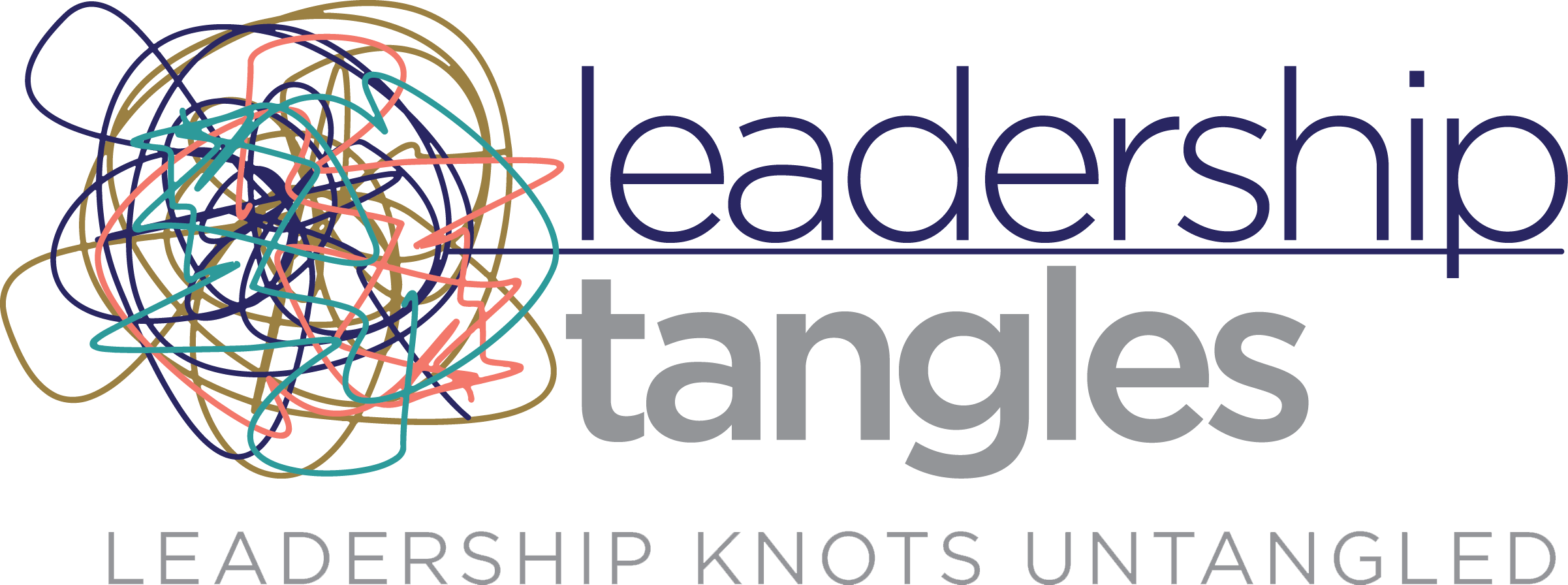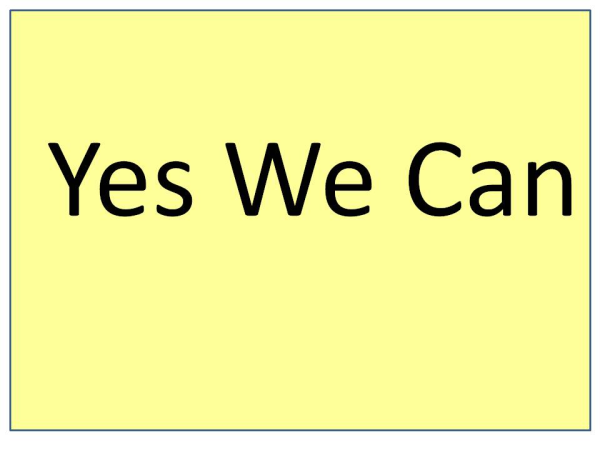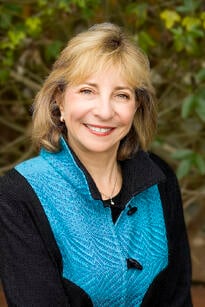 In today's New York's Times, Gretchen Morgenson recounts the rise and fall of Merrill Lynch. I read the article and said to myself, eureka, this is a Hush-Hush Tangle! According to my definition, a Hush Hush Tangle occurs when critical information is not shared, and lines of communication are cut off. Everyone knows that there is a problem but no one talks about it. It becomes a tangle because human dynamics are further complicated by a very complex business challenge. Complexity doesn't do justice to the complicated nature of collateralized debt obligations (CDO's). CDO's are a financial product group comprised of derivatives. Merrill Lynch became enchanted with this product and it led to the company's precipitous fall.
In today's New York's Times, Gretchen Morgenson recounts the rise and fall of Merrill Lynch. I read the article and said to myself, eureka, this is a Hush-Hush Tangle! According to my definition, a Hush Hush Tangle occurs when critical information is not shared, and lines of communication are cut off. Everyone knows that there is a problem but no one talks about it. It becomes a tangle because human dynamics are further complicated by a very complex business challenge. Complexity doesn't do justice to the complicated nature of collateralized debt obligations (CDO's). CDO's are a financial product group comprised of derivatives. Merrill Lynch became enchanted with this product and it led to the company's precipitous fall.
According to Morgenson, E. Stanley O'Neal, Merrill's CEO, is described as an autocratic leader. Two of his lieutenants discouraged open communication between the risk management arm and the sales arm. One of the lieutenants was Osman Semerci. Semerci she wrote, "often played the role of tough guy . . . silencing critics who warned about the risks the firm was taking." He also "would chastise traders and other moneymakers who told risk management officials exactly what they were doing." We can only infer that important lines of communication and necessary discussions to determine true risk were cut off. Most likely, not talking about the obvious, unexpected, or anything out of the ordinary became the norm. Some employees described Semerci as intimidating. Like the frog who gets comfortable as the temperature of the lukewarm water rises, Merrill employees no doubt became used to the culture of fear and didn't speak up.
A second key figured appears to have contributed to the culture of fear. Mr. O'Neal's second lieutienant was Ahmass Fakahany. According to Morgenson, who spoke to ex-employees, "Fakahaney had weakened Merrill's risk management unit by removing long-standing employees who ‘walked the floor' talking with traders and other workers to figure out what kinds of risks the firm was taking on." Key lines of communication were cut off, concentrating power in the hands of those whose sole concern was increasing revenue and profit, no matter what the risk. There were no checks and balances.
So what's the lesson here? The more complex your product and business, the more you need diverse views, a culture of openness, and a pragmatic risk strategy. Merrill Lynch's Hush Hush Tangle turned into a Strangling Tangle. What if the company had been led by a more collaborative and open leader? What if the risk management people had gathered together, studied the CDO's, and realized much earlier that it was far too risky? And what if leadership had acted responsibly and listened? Bank of America now owns Merrill Lynch.
To read Gretchen Morgenson's account, click here.




